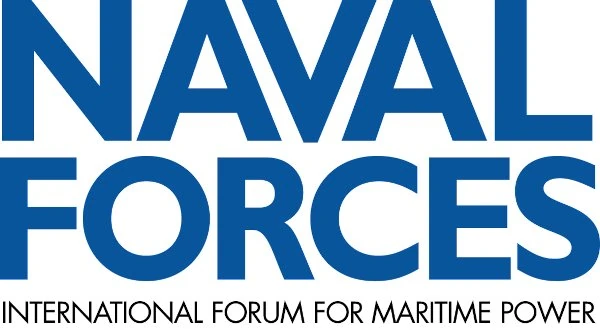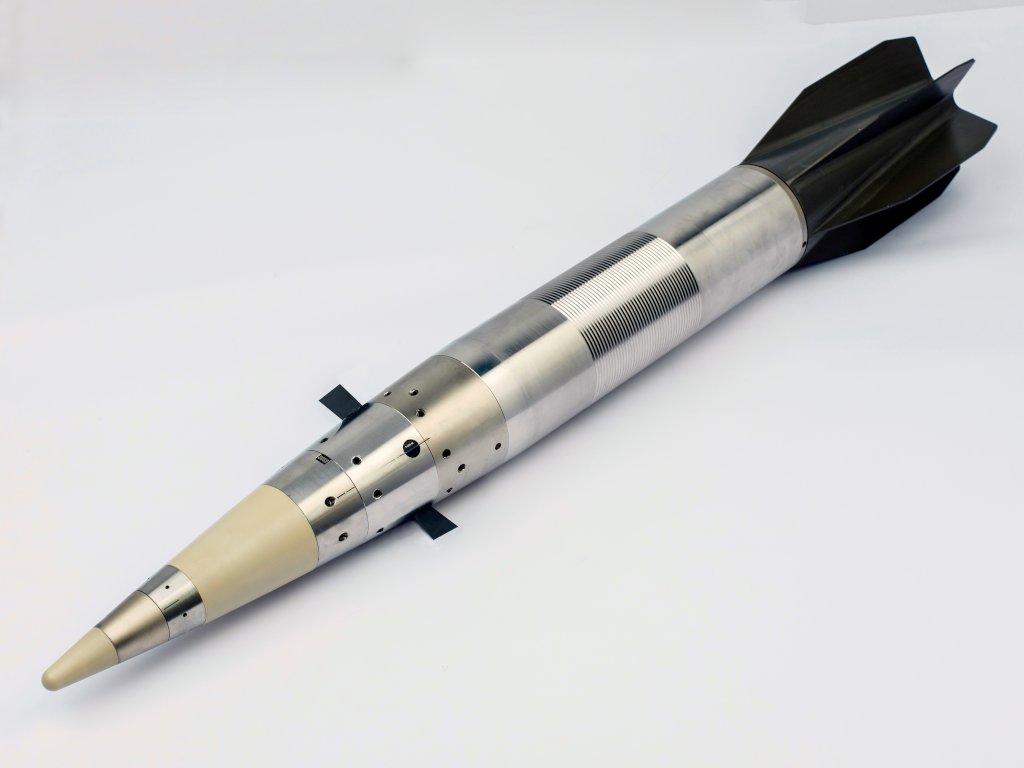Naval fleets aim to rebuild their shipboard naval surface fire support (NSFS) capability with newer-generation guns and ammunition. This is a worldwide trend. While many warship classes have the standard 76mm/62-calibre gun mount as the primary means of NSFS, others are going for larger, notably 127mm and 155mm calibre guns, to fulfil this task, including land attack. A few countries – Algeria, Canada, Germany, India, Italy, the Netherlands, the People’s Republic of China, Russia, Spain, the United Kingdom (UK) and the United States – are ready for this task. The proven Leonardo 127mm/64-calibre LW (Lightweight) naval gun selected by the German Navy a couple of years ago, for instance, represents an extremely lethal weapon system in all-weather conditions, enabling a viable littoral attack capability to support missions of own troops ashore. The Royal Netherlands Navy will fire Vulcano ammunition from existing 127/54C guns, while India selected the 127/64 LW gun for its Kolkata class (Project 15A) destroyers and SHIVALIK (Project 17) frigates, but has not yet ordered Vulcano rounds in sufficient quantity. The ammunition is also under examination by the US Navy (USN).
Extended-range Vulcano projectiles have been extensive test fired in South Africa (2013 and 2014), demonstrating the precision and terminal accuracy of Vulcano GLR (Guided Long Range) rounds at ranges over 43nm (nautical miles) or 70 kilometres. Leonardo confirmed that the “mission-capable” ammunition for engaging small stationary and moving targets with direct hits achieved a range of “more than 54nm or 100 kilometres.” The 127mm GLR rounds consist of two types: an anti-surface warfare (ASuW) round with GPS, IMU inertial sensor and an uncooled infrared (IR) seeker, and an NSFS projectile that can have a semi-active laser (SAL) seeker for terminal homing.
Leonardo also offers its Dart guided ammunition. Fired from the Strales gun system in service with the Italian Navy, Dart is a sub-calibre projectile with canard that is compatible to any 76mm naval gun. According to the manufacturer, Dart reaches its target in “very short time,” with the guidance system directing a radio frequency beam to the target by using the data received by the ship’s combat management system (CMS). Dart then “rides the beam up” to the target irrespectively of manoeuvring. Its effectiveness is increased by a pre-fragmented warhead and 3AP microwave programmable fuse. Leonardo’s rhetoric is enthusiastic, describing the progress achieved with this “sea dominance” technology as a precursor for a “long-sought” capability navies need to “influence events at sea and on land.”
Creative combination: With the USN’s Zumwalt class (DDG-1000) destroyers now lacking the long-range ammunition for their Advanced Gun System (AGS) mounts, the navy continuously monitors the gun and ammunition industry capability and capacities, seeking a combat-ready ammunition type able to provide fire support in high volumes from naval guns on ship decks as far away as 97nm (180km) from the coast at a reasonable price tag per shot. An alternative was probably found in Raytheon’s ‘navalised’ Excalibur ammunition, at a cost of about US$70,000 per round. Following extensive development, testing and evaluation, the naval variant is poised on the edge of being ordered. Two other options include a hyper-velocity projectile (HVP) and the Multi Service-Standard Guided Projectile (MS-SGP), both under development by BAE Systems. The latter will be available in two calibres: a 127mm round achieving a range of 54nm (100km) and a 155mm projectile with a range of 46nm or 85 kilometres. The major advantage of Raytheon’s Excalibur is that it is combat-ready now, compared to BAE Systems’ HVP, for which USN sources claim an additional ten years of development. There appears to be no formal USN requirement right now; but the navy will not ignore the advantages of Excalibur for naval gunnery missions. Three selectable fuse options (height of burst, point detonating and delay) and the capacity for SAL guidance add to the system’s flexibility and potential utility.
Stefan Nitschke

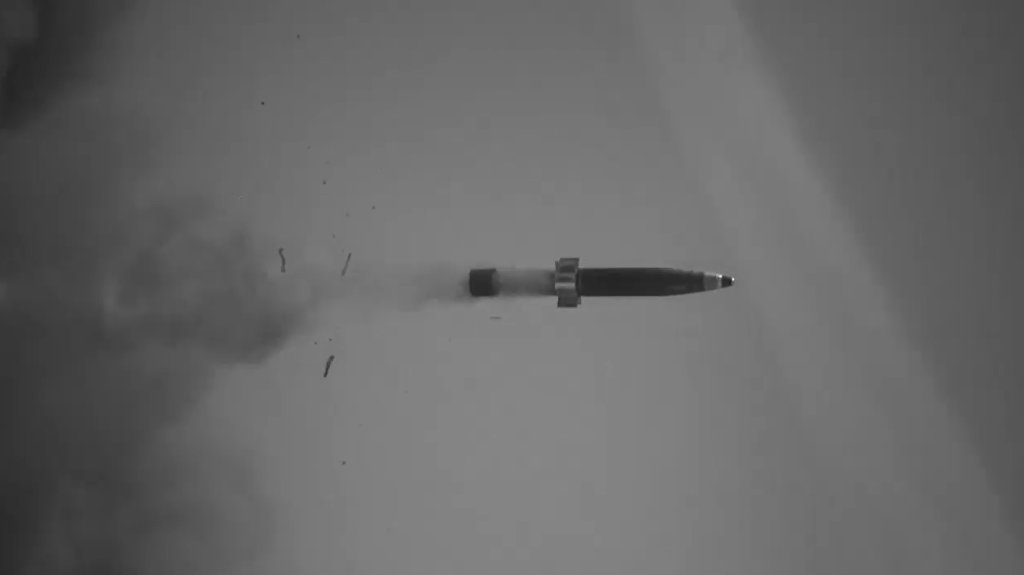
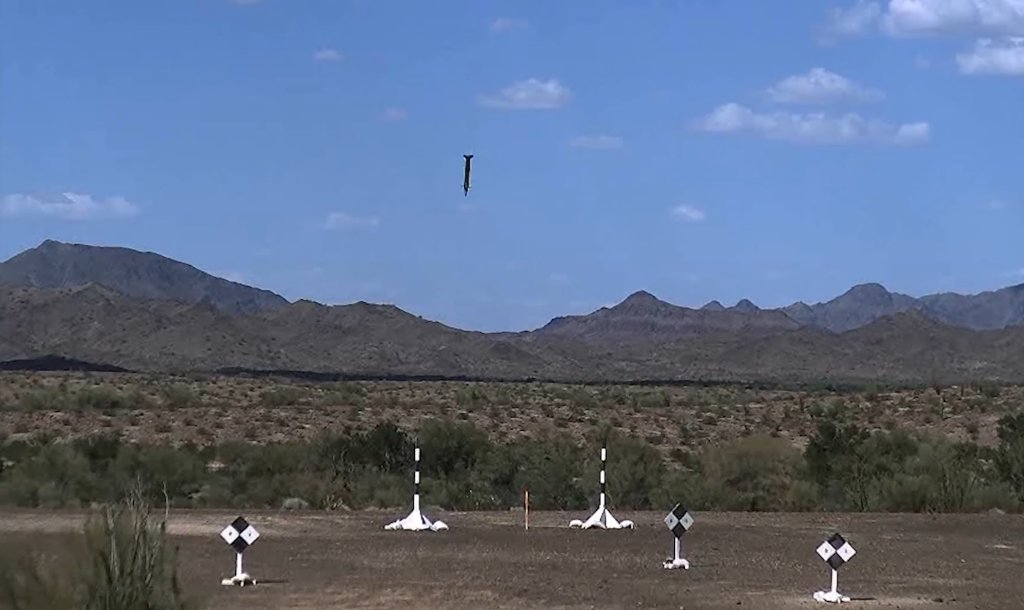
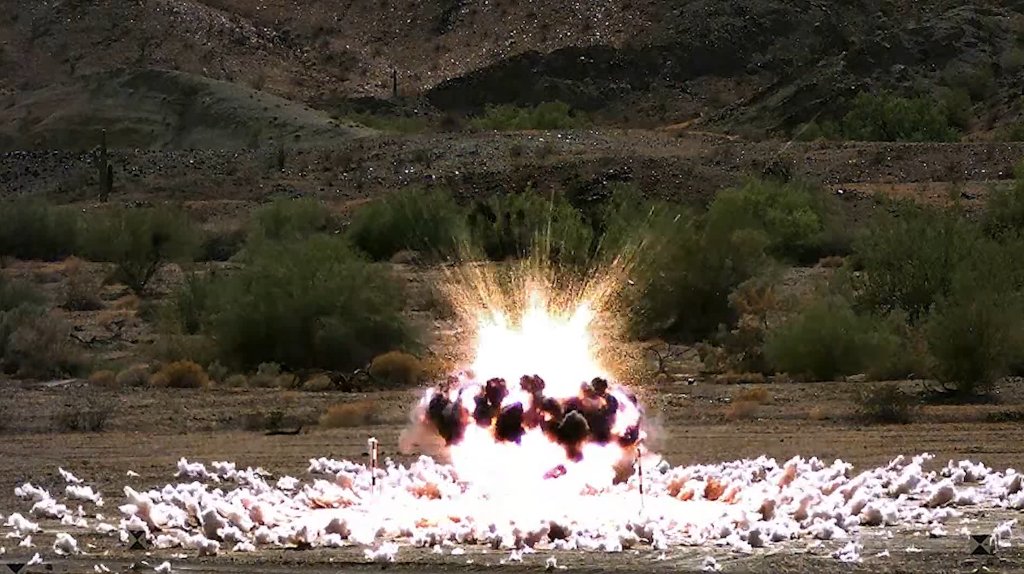
The GPS-guided Excalibur N5 round can pinpoint target out to about 26nm or 48 kilometres.
(Photos: Raytheon)
